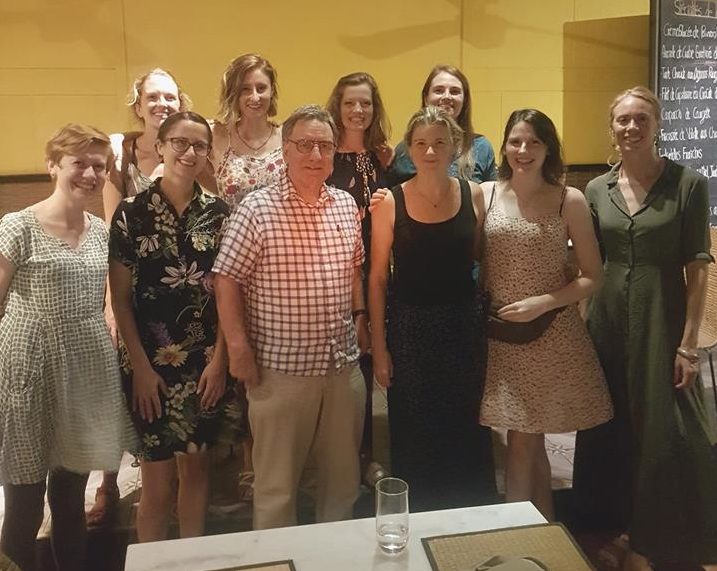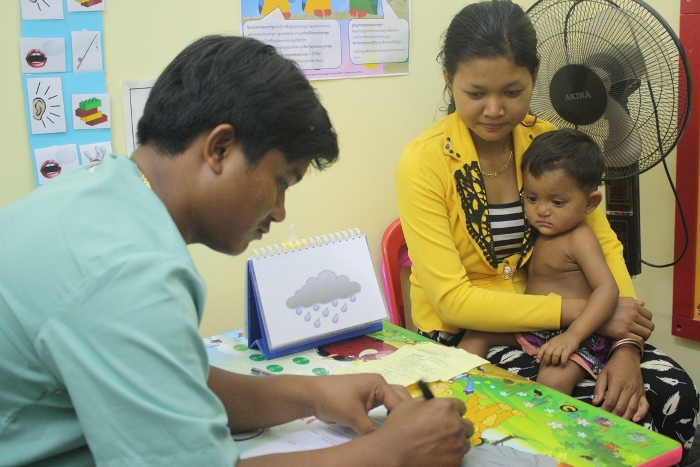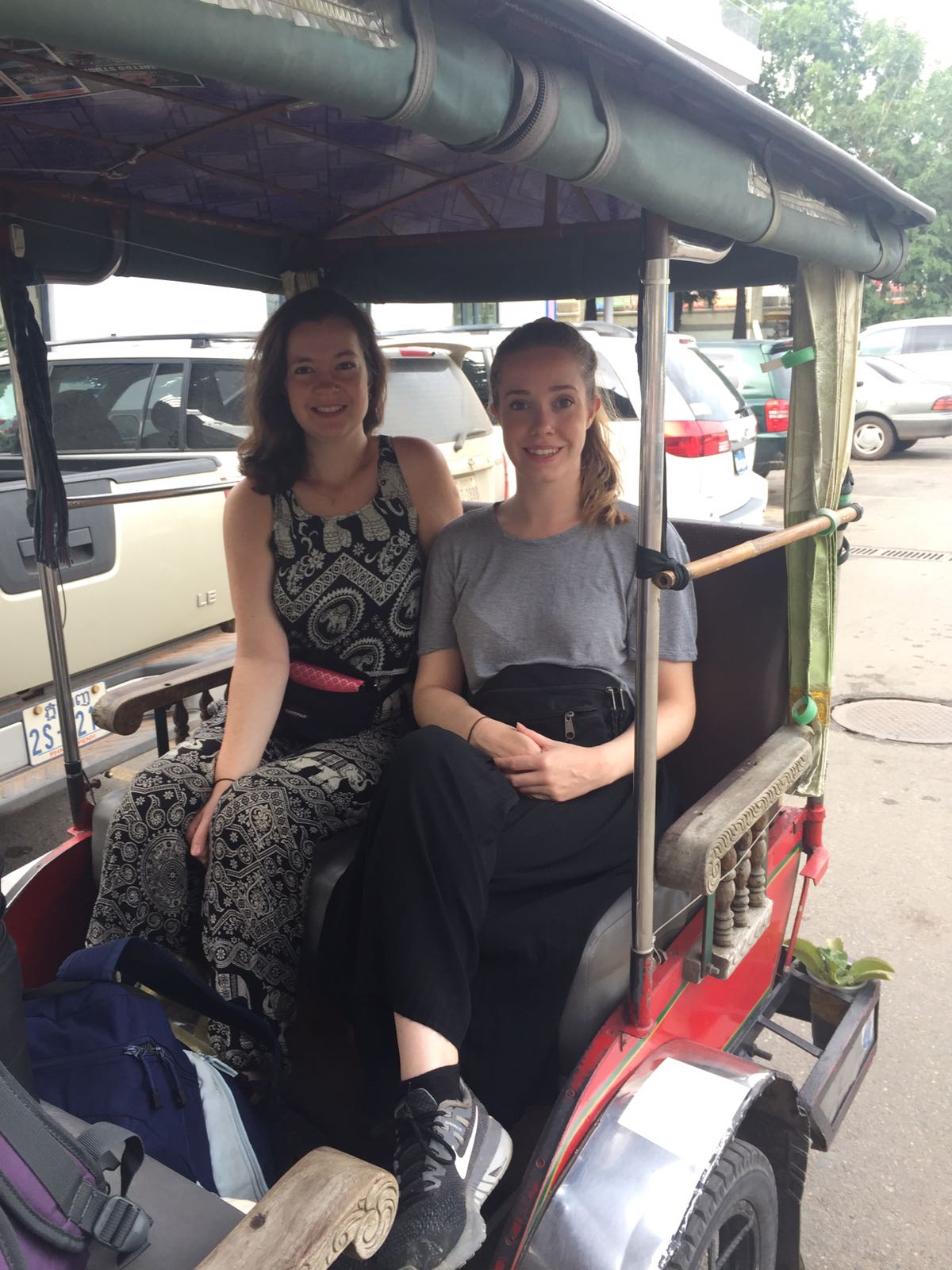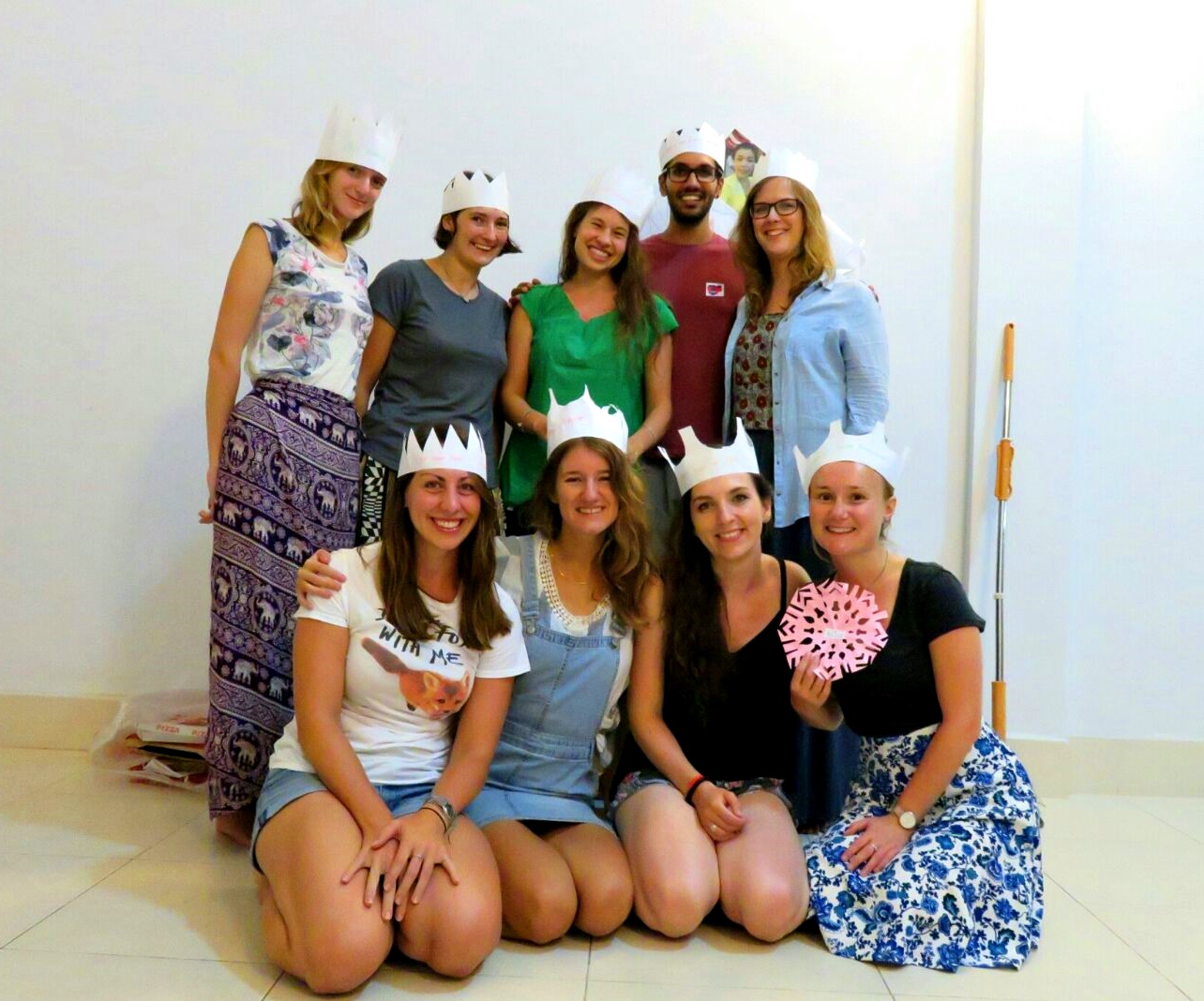
The City Cambodia Project 2017: Week 8
After returning from a cram packed weekend in Kampot we were rudely awoken by our 5.30am alarm clocks on Monday. We enjoyed a Cambodian style breakfast outside the Children Surgical Centre consisting of pork, egg and rice before joining the whole team for the daily morning meeting. During these morning meetings patients who are due to have surgery that day are presented to the team and the surgery and care plan are discussed. A thirteen year old girl was due to have a lip revision surgery but when presented to the team her speech sounded hypernasal (too nasal). This could indicate that she had a submucous cleft or velopharyngeal dysfunction and would change the surgery plan. We were asked to assess her nasality in front of the team and decide whether her speech would improve with speech therapy alone or whether it would benefit from another surgery as well as the lip revision. To see the medical team and speech therapy team working collaboratively to decide on this patient’s care path was really encouraging and a great way to start the week as it shows the increased awareness and recognition speech and language therapy has gained since this project began 11 years ago.
We got to observe a cleft lip repair surgery on Tuesday morning which was very interesting. After having felt ill during the cleft palate surgery, Caitlin had spent the previous week preparing herself for this surgery by watching YouTube videos of cleft lip surgery. After the energy drink Royal D and a bag of skittles she was ready for the surgery. All the desensitisation practice worked and Caitlin was able to watch the whole surgery from start to finish without feeling faint or nauseous. We both really enjoyed watching the surgery and are very glad we have had the chance to have seen both cleft lip and palate surgery. When scrubbing up we were told that our hands must be above our elbows- only after the surgery when we saw Samnang’s photo did we realise that this made us look like we were going to perform an evil experiment.
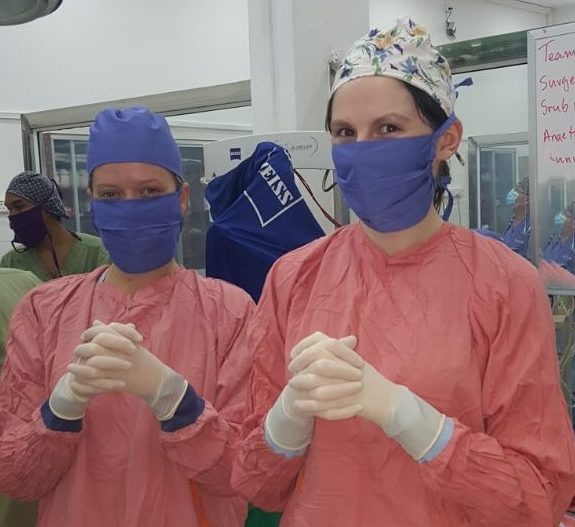
On Wednesday Mireille, a member of the City-Cambodia Project committee, joined us for the day. Mireille was part of the schools team in 2010, the fourth year of the project. She has come out to Cambodia this year to offer supervision to all of the teams. We spent the morning at National Pediatric Hospital where we saw 7 children back to back in the space of 4 and a half hours. Three of these children had hearing impairments and it has made us aware that the knowledge of how to do speech therapy for children with hearing impairments is limited. We have started raising awareness of this and training Dr Alin and people at CSC about where speech sounds fall on the audiogram and we will hand this over to next year’s team to continue. At the end of the morning speech clinic we gave Dr Allin specialised bottle teats for babies with cleft lip and palate. CLAPA donated these to us as the material needed to make these teats cannot be sourced in Cambodia. Dr Allin was very grateful and explained how much of a difference they will make.
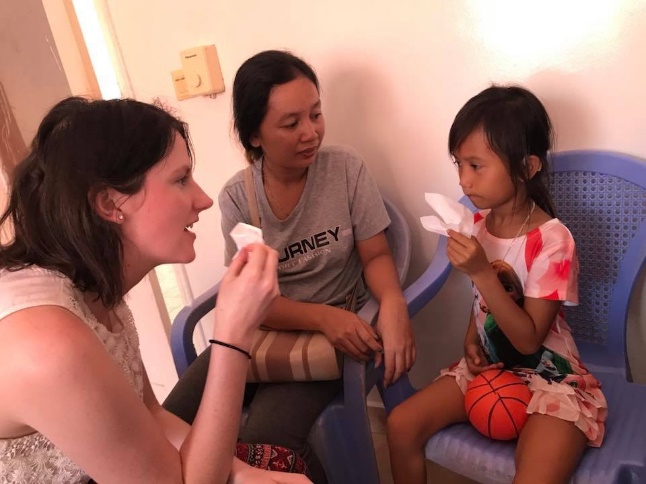
Dr Allin told us that all the students on the speech and language course at Paññāsāstra University passed their midterm test which is fantastic news. Dr Allin got 96% which we are very proud of.
After supervision in the tuk-tuk to CSC we grabbed some lunch and then showed Mireille around the hospital. Tim also joined us at CSC, spending a short period of time in the speech room with us and then having a meeting with Dr Jim. Samnang was so excited when Tim came into the speech room and we spent a short while catching up. CLAPA had also donated some MAM bottles which are specialised feeding bottles to help babies with cleft lip and palate, which Tim had brought out for CSC. Samnang was very appreciative of this as his previous funding for bottles has stopped. For the rest of our time volunteering at CSC we are going to carry out an audit of how many feeding patients CSC see each week and how many families need a bottle. We will present the data to Dr Jim in December in the hopes that the hospital will begin to source and fund their own bottles. This is a step towards building their self-sustainability.
With Vin and Samnang, we planned and delivered a therapy session to a 5 year old girl who had hypernasal speech and was backing. An example of hypernasal speech is when a patient says ‘momi’ for ‘bobi’ and an example of backing is saying ‘keggy’ for ‘teddy’. With some guidance from us, Samnang carried out and modelled some activities for Vin and continued each activity. We designed a record sheet to record what the child achieved in the session and showed Vin and Samnang how to use it during the session. This is a quick and simple way to ensure progress notes are kept for each therapy session that is done. After the session was over we went to the IT department to discuss how speech therapy progress notes can be uploaded onto the hospitals online database. We were delighted when they said they are going to create a speech and language therapy tab which will appear on all patients’ file. This is fantastic news and is a big step forward in implementing consistent record keeping as well as improving the status of speech and language therapy at CSC. After a very busy day we got Indian takeaway for everyone to have during our group supervision with Tim and Mireille back at our flats.
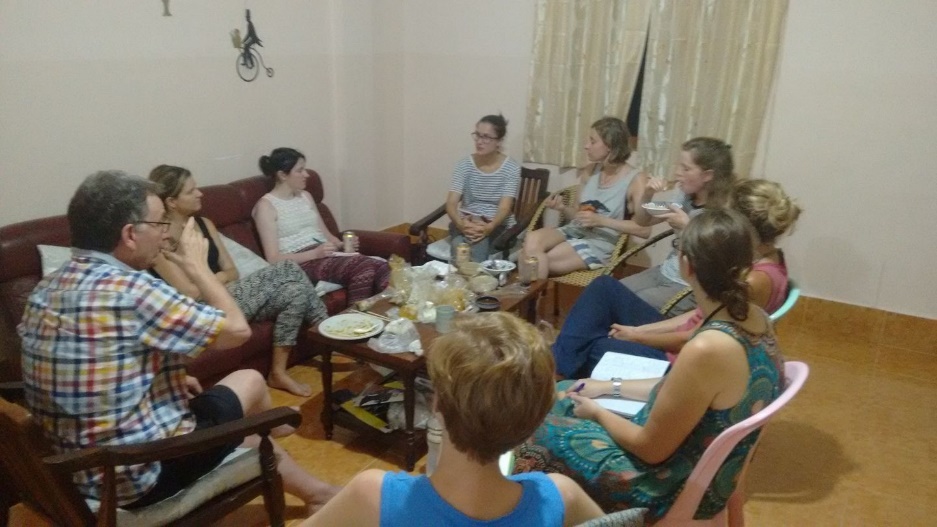
On Thursday morning we had admin time where we wrote a report for Khmer Soviet Friendship Hospital about the patients we saw on the Smile Cambodia mission last week. We included the advice we gave and suggested follow up therapy that we would have liked to give if there was a speech advisor employed by the hospital. We also highlighted the benefits and importance of speech and language therapy and possible consequences that occur when people cannot communicate effectively. KSFH were very appreciative of the report and the data we collected and we hope to join them in their November mission. We also designed our first training presentation to deliver to One-2-One Cambodia.
In the afternoon we joined One-2-One on a visit to Cambodia Cure Medical Centre. This is set in a school where they provide medical care to people from slums who cannot afford to get help elsewhere. We were given a speech therapy table and after explaining what kind of children speech and language therapists see, we saw eight children from a local school four of whom had speech sound delays. We have decided that we are going to train the One-2-One staff on carrying out a speech assessment and how to deliver speech therapy. From what we saw this afternoon these are the skills that we think will be most beneficial for them to have at the moment.
On Friday morning we attended Dr Allin’s feeding clinic where we saw 16 patients in 3 hours. The clinic became quiet at 10.30 which gave us 45 minutes to be able to give Dr Alin some training. We spoke through different types of hearing impairments and how this corresponds to the ‘speech banana’. We were also able to provide Dr Allin with charts of typical speech development to help her decide when to give a child speech therapy and what sounds are appropriate to work on depending on their age.
In the afternoon we went to One-2-One office to deliver the first training session to them. We recapped what was taught from last year’s cleft team which included these areas; who speech and language therapists work with, hearing, feeding, speech and language. We then moved on to start the speech sound training and began talking about speech development errors and typical ages that child fix speech error patterns. It was lovely to get started on the training and they were all very enthusiastic about our training plan.
On Saturday evening Tim treated all eight of us and Mireille to a dinner at a French restaurant called ‘Comme a la Maison’. The food was delicious and it was a lovely way to mark the end of Tim and Mireille’s visit with a group meal.
